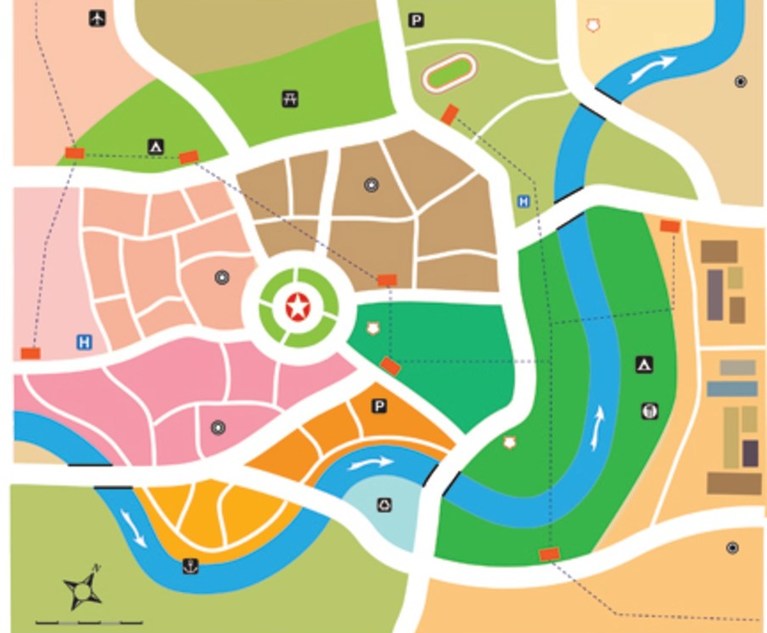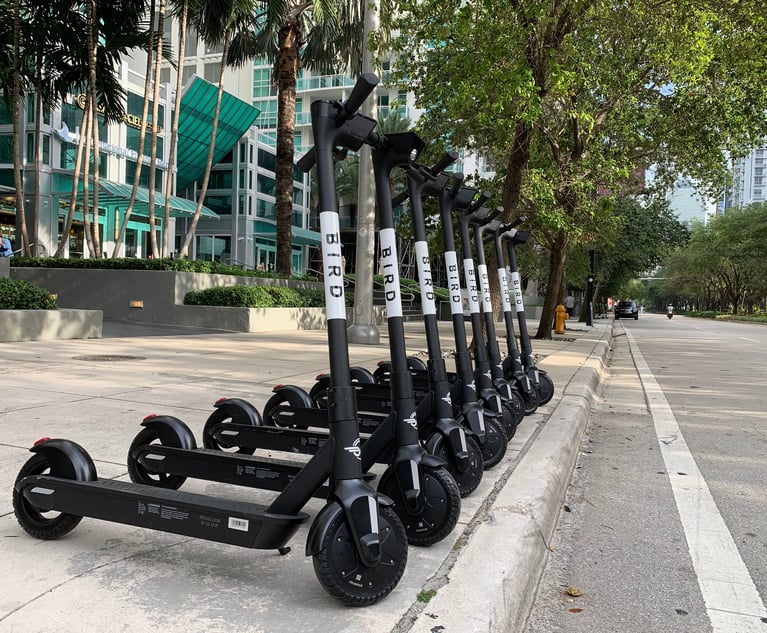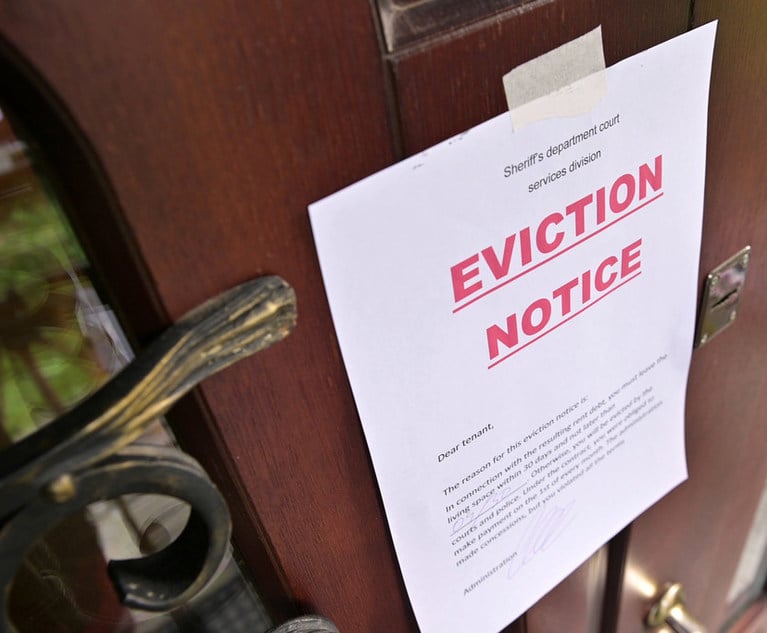 Spot zoning challenges have caused countless headaches to municipalities and developers over the years, resulting in development delays, increased costs, uncertainties, and legal fees and expenses. And since spot zoning challenges are usually brought by adjoining landowners they cannot be easily dismissed quickly due to lack of standing. (The problems associated with the skewed concept of standing in land use cases was the subject of my prior article, The Homeowner Always Loses: The Abusive Concept of Standing, NYLJ (Oct. 8, 2021).) A solution to avoid these “pesky” challenges was thus needed. Several decades ago, a new type of zoning tool appeared—the floating or overlay zone. An example explains these zones best. A municipality can apply a senior housing overlay zone to an area otherwise zoned for single family homes. The overlay zone does not allow the development of any such facility on any particular lot within the area that is subject to the floating zone. Rather, a developer or an owner can file a petition with the municipality asking it to apply or attach the floating zone to a particular tract of land on which the developer seeks to construct a senior housing facility.
Spot zoning challenges have caused countless headaches to municipalities and developers over the years, resulting in development delays, increased costs, uncertainties, and legal fees and expenses. And since spot zoning challenges are usually brought by adjoining landowners they cannot be easily dismissed quickly due to lack of standing. (The problems associated with the skewed concept of standing in land use cases was the subject of my prior article, The Homeowner Always Loses: The Abusive Concept of Standing, NYLJ (Oct. 8, 2021).) A solution to avoid these “pesky” challenges was thus needed. Several decades ago, a new type of zoning tool appeared—the floating or overlay zone. An example explains these zones best. A municipality can apply a senior housing overlay zone to an area otherwise zoned for single family homes. The overlay zone does not allow the development of any such facility on any particular lot within the area that is subject to the floating zone. Rather, a developer or an owner can file a petition with the municipality asking it to apply or attach the floating zone to a particular tract of land on which the developer seeks to construct a senior housing facility.
The overlay zone clearly benefits municipalities and developers by streamlining the application and approval process. But, does it eliminate the neighbors’ ability to bring spot zoning challenges? We explore this question below.






